1. Lake Las Vegas, Nevada
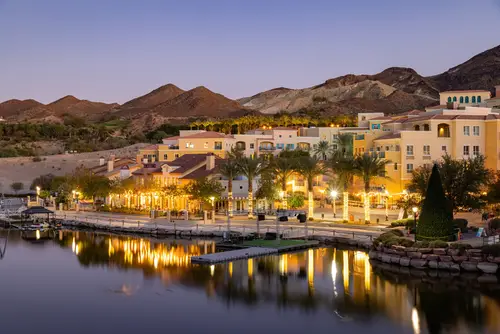
Lake Las Vegas is marketed as desert luxury—waterfront villas and Mediterranean-style estates in the middle of Nevada. But the community comes with multiple layers of HOAs, each with high dues and strict design oversight. Want to paint your home a bold desert orange? Forget it—every house color must stay within the approved palette. Even outdoor lighting has to meet HOA standards.
The neighborhood once went bankrupt during the 2008 crash, partly because fees were so burdensome. Residents say the rules make it feel less like a neighborhood and more like a resort you never get to check out of. Sure, you get artificial lakeside living, but you also get a stack of HOA notices if you leave your trash bin out too long. Paradise comes at a bureaucratic price.
2. Hidden Hills, Los Angeles, California
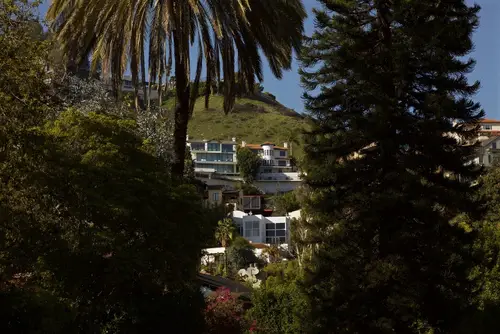
Hidden Hills has that red-carpet look everyone dreams of—gated, celebrity-filled, serene. But the Hidden Hills Community Association enforces architectural rules so strict you need approval for even minor exterior tweaks. Folks joke you need written permission to trim your lawn or repaint your mailbox. It’s like living in a movie set—glamorous, yes, but suffocating if you just want normal.
Life there feels like being under endless scrutiny; every change in appearance must pass design review. Because everyone’s a star—or at least living next to one—little deviations spark endless HOA paperwork. The sense of community comes with a heavy layer of rules masquerading as standards. One minute you’re enjoying seclusion, the next you’re negotiating over façade paint.
3. Beverly Park, Los Angeles, California

Beverly Park proudly flaunts its mammoth estates and quiet prestige. But living there means abiding by covenants that say homes must be at least 5,000 square feet—and guests, vendors, and even family often need passes or permissions to enter. One fallout was a five-year lawsuit between South and North Beverly Park over gate access and annual maintenance fees. It had neighbors arguing over who controls their own entrances—it was like HOA politics gone wild.
You’d think that owning one of LA’s priciest zip codes gives you freedom—but instead you get long legal memos. Even your friends can’t just pop by without protocol. It’s gated, yes—but the gates are as much about rules as they are about security.
4. Presidio Terrace, San Francisco, California
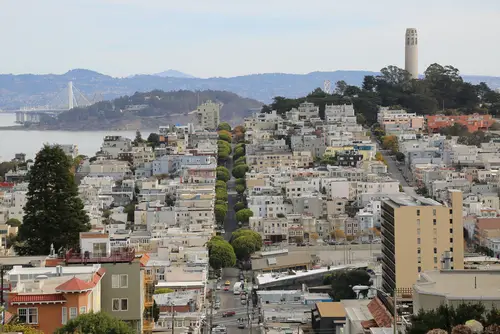
On the surface, Presidio Terrace is a quaint, affluent enclave with historical elegance. Yet it’s built around a privately owned street with just 36 lots—and homeowners must abide by the homeowners’ association for virtually everything. A famously controversial moment involved the homeowners successfully reversing the sale of their street to an outside owner, revealing just how tightly that HOA controlled access and governance. You don’t simply own your street—you collectively govern it, and sometimes that feels less democratic than you’d expect.
That overly private street sometimes feels like your personal Versailles—minus the throne. It’s historic, exclusive, and overseen by rules nobody else in the city lives under. You’re in the dream neighborhood until someone says you can’t plant a new shrub or sell your own street without approval. It’s nostalgia wrapped in invisible red tape.
5. Forest Hill, San Francisco, California

Forest Hill bills itself as serene and master-planned—historic architecture, leafy streets, high status. But like many such “residence parks,” it has an association that weighs in on changes that might disrupt the look and feel—even if your renovation is modest. Homeowners here enjoy prestige but sacrifice autonomy; the HOA operates as gatekeeper for “standards” rooted in an old garden-city model. It looks idyllic, but not if you just want to change your porch rail.
The neighborhood’s beauty comes with strings attached, as if perfection has to be micromanaged. Residents often accept it for resale value, but that doesn’t make the process less stifling. When every project has to be approved, spontaneity disappears. The dream turns into paperwork and appeals.
6. Seaside, Florida

Seaside looks like a postcard come to life—pastel houses, white picket fences, and carefully designed walkways. It’s so picture-perfect it was literally the filming location for The Truman Show. But that curated look comes from an HOA that regulates house colors, porches, even picket fence styles. Stray from the master plan, and you’ll be reined back in fast.
The whole town was designed under New Urbanism ideals, which means uniformity isn’t an accident—it’s enforced. For residents, that means you don’t just live in Seaside, you buy into its aesthetic rules. The place feels charming until you realize it’s essentially a real-life set under constant control. A dream for vacationers, but a cage for homeowners.
7. Celebration, Florida
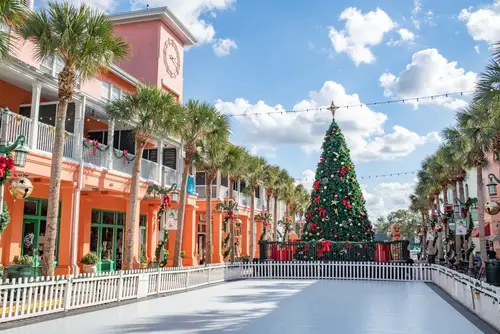
Built by Disney, Celebration was supposed to embody utopian community living. And it does—tree-lined streets, pastel homes, charming downtown, the works. But Disney’s DNA runs deep here: HOAs enforce design rules to keep every porch, roofline, and window trim in harmony. Individual taste often loses to the “perfect Main Street USA” image.
The rules were so strict early on that even choosing a different shade of white could land you in hot water. Residents often joke that the HOA acts like a backstage crew keeping the show running. What feels magical to tourists can be suffocating when you live under daily review. It’s like living in a theme park—but you’re the one paying for admission.
8. Beverlywood, Los Angeles, California
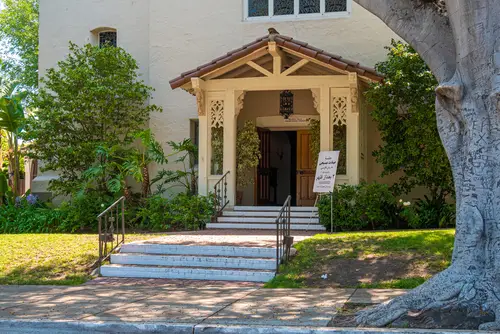
Beverlywood might look like the perfect Westside neighborhood: tidy, well-kept, enviable. But it’s one of the earliest spots in L.A. with binding CC&Rs—residents legally restricted on housing size, style, color, even landscaping. If you imagine painting your trim “late-night blue,” think again. Every house goes through a review committee that’s as tough as any HOA judge.
They literally decide what aesthetic harmony means—down to window shutter shape. Want to plant lavender instead of lawn? Maybe not. Homeowners pay dues and live under the constant gaze of design conformity. It’s “dreamy,” but like a funhouse where the mirror enforces rules.
9. Anthem, Arizona
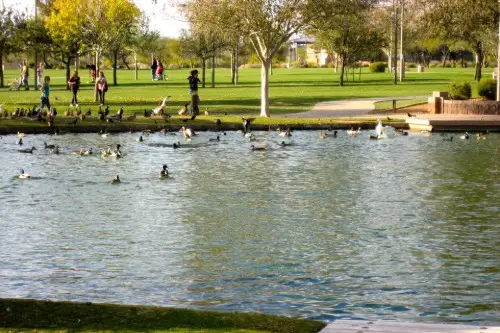
Anthem is often listed among the best planned communities in America. It’s got community parks, golf, water parks, and a sense of order that attracts families. But order here is enforced by an HOA that keeps close tabs on everything from weeds in your yard to political signs. Even temporary basketball hoops can trigger violation notices.
The HOA once faced backlash for restricting holiday decorations deemed “excessive.” Residents argue it feels like living in a bubble where spontaneity isn’t welcome. Anthem’s marketing promises carefree suburban bliss, but the rules turn carefree into carefully managed. It’s family-friendly—so long as you play by the HOA’s book.
10. Summerlin, Nevada
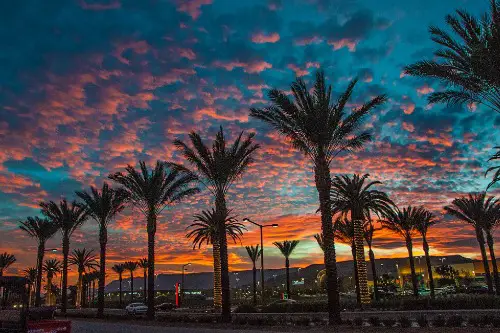
Summerlin is one of the largest master-planned communities in the U.S., sprawling across Las Vegas’s western edge. It’s known for pristine parks, beautiful homes, and endless amenities. But it’s also home to dozens of sub-HOAs within a master HOA, which means rules on rules on rules. You could have three different associations telling you what you can’t do.
Stories circulate of residents fined for leaving garage doors open or for mismatched holiday lights. The HOA prides itself on keeping property values high, but that comes with constant oversight. Summerlin is marketed as “the good life,” though sometimes it feels more like “life under surveillance.” The desert views are wide open, but the rules are not.
11. Blackhawk, California
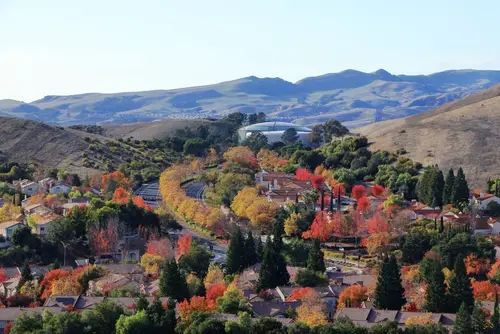
Blackhawk in the East Bay is a gated dream—luxury homes, golf courses, and prestige. But that prestige is carefully manufactured by an HOA that polices architectural design, landscaping, and even how long your guests’ cars can stay parked. Step outside the aesthetic box and you’ll face swift notices. It’s the kind of place where conformity isn’t suggested—it’s required.
The HOA once made headlines for strict enforcement on visible basketball hoops and backyard structures. For some, that order equals peace of mind. For others, it feels like living in a velvet prison—everything’s plush, but the bars are still there. Blackhawk’s exclusivity works both ways: it keeps outsiders out and individuality in check.
12. The Woodlands, Texas
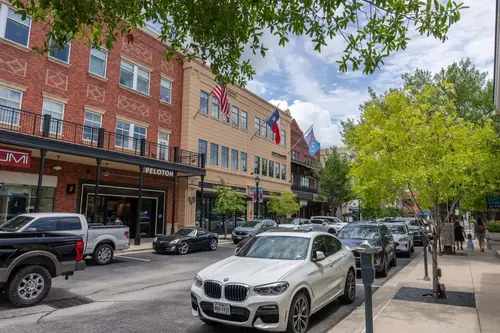
The Woodlands markets itself as a “community in the forest,” with carefully integrated homes, trails, and commercial spaces. But the very thing that makes it look so harmonious is the HOA’s tight grip. Everything from house paint to tree removal requires approval. Even the number of driveway lights has been regulated.
This micro-managed order has sparked frustration among homeowners who want more freedom. Want to cut down a tree leaning toward your roof? Better file paperwork first. The Woodlands is undeniably beautiful, but beauty comes from control, not natural growth. Residents often admit it feels less like living free in nature and more like living in a manicured diorama.
13. Rancho Santa Fe, California
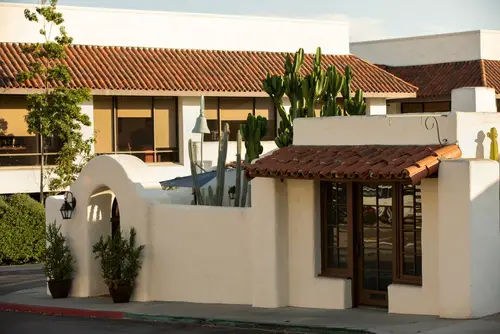
Rancho Santa Fe is called “The Ranch,” a coastal dream of horse trails, large estates, and rustic California elegance. But the community is governed by a group called “The Covenant,” which oversees design and land use with an iron fist. Homes must adhere to Spanish-Mediterranean styles, and even landscaping is scrutinized for uniformity. Residents can’t so much as add a tennis court without approval.
The HOA has fought to keep the area from changing, sometimes clashing with modern needs. While that preserves its charm, it also freezes residents in time. Freedom takes a back seat to maintaining a wealthy aesthetic ideal. Living in The Ranch means trading personal choice for collective image.
14. Mission Viejo, California
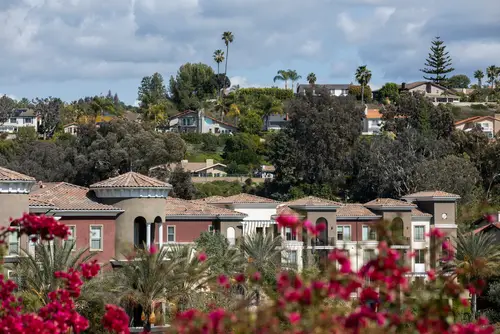
Mission Viejo was one of the first large-scale planned communities in Orange County. It promised suburban perfection: lakes, parks, and pristine tracts of homes. But those homes come with HOA oversight that covers everything from roofing material to mailbox style. Even minor exterior changes trigger official approval processes.
Homeowners often clash with the association over rules that feel outdated. Drought-friendly yards? Those used to get dinged for not fitting the lush suburban image. The dream of Mission Viejo was to make life easier—but for many residents, it means easier for the HOA, harder for individuality. It’s suburbia on rails.
15. Palmetto Dunes, Hilton Head, South Carolina
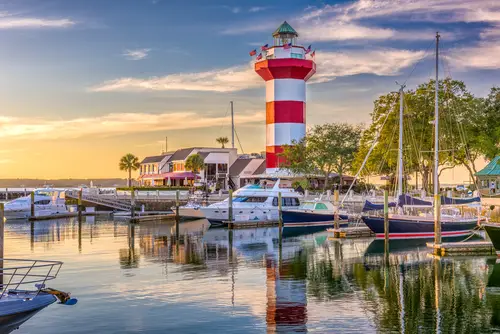
Palmetto Dunes is a vacationer’s paradise—beaches, golf courses, and a resort vibe. But homeowners live under an HOA that dictates design, landscaping, and even how short-term rentals can operate. A simple home improvement often needs rounds of review. It’s less your beach house, more your beach assignment.
The HOA has cracked down on everything from exterior lighting to how loud outdoor music can be. Residents find the rules intrusive, especially since many bought there for relaxation, not regulation. The charm of Palmetto Dunes is undeniable, but it’s curated charm. Living there means enjoying paradise—with a clipboard always hovering nearby.
This post 15 “Dream Neighborhoods” That Are Actually HOA Prisons was first published on Greenhouse Black.
